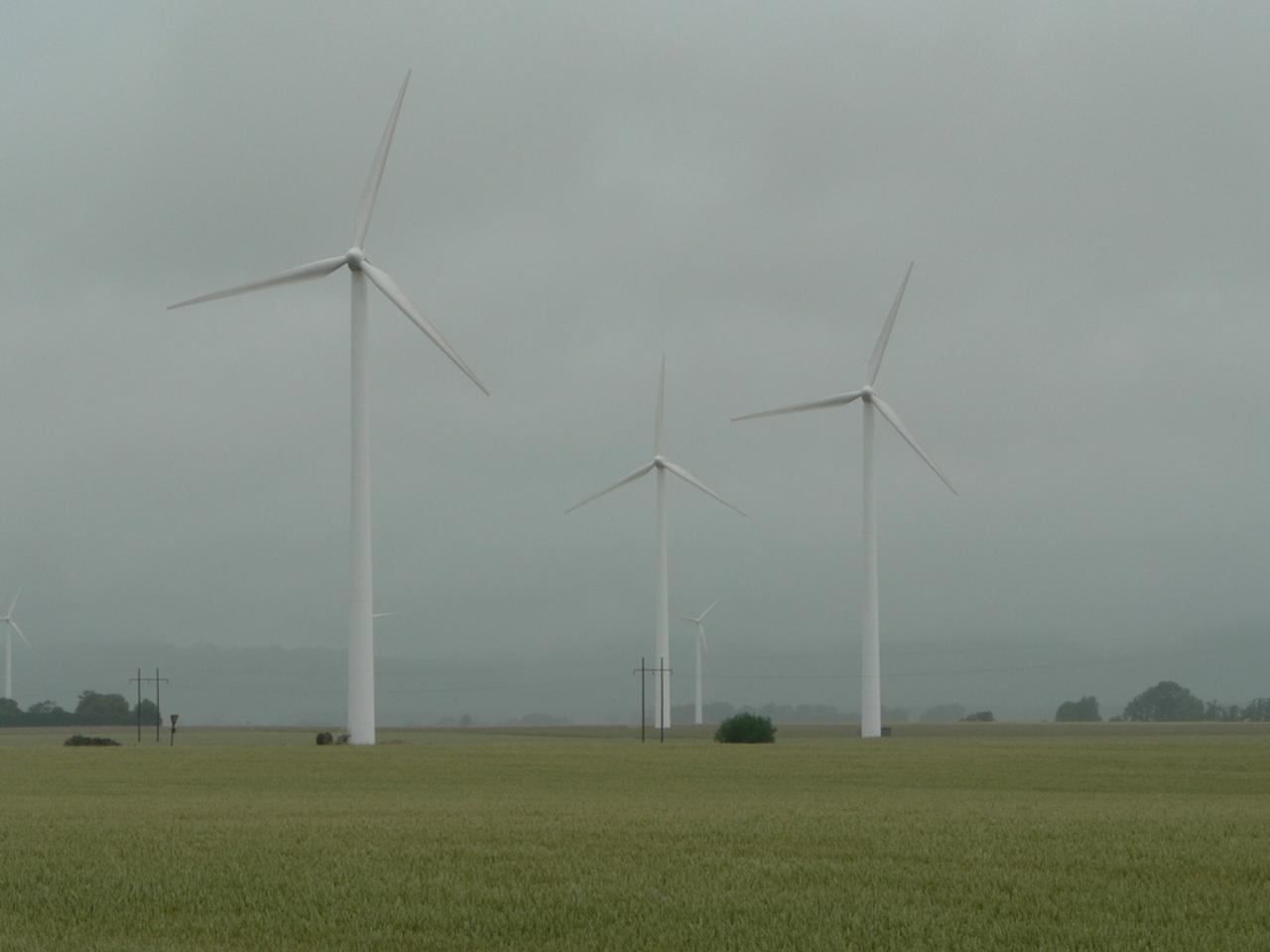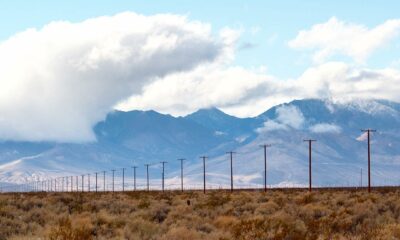Executive
The Dark Side of the Electric Grid
Undisciplined spending on so-called reliability enhancements to the electric grid have reached a point of diminishing returns.

We’ve all watched as electricity and gas bills across the country have risen year after year, often faster than inflation. While utility companies continually pour money into the grid, do you ever wonder why families and small businesses are always left holding the bag? Unlike companies that try to save money by avoiding unnecessary costs, utilities actually make more money the more they spend.
The electric grid is already reliable enough
Of course, the reliability of the electric grid is important, but utility companies have been allowed to manipulate our system into a scheme to stuff their own pockets. Over decades, power companies in some states, such as Evergy and Exelon, have sought higher and higher rates to beef up their infrastructure to limit power outages and upgrade equipment. However, at some point, it becomes a matter of diminishing returns. The electric grid is reliable, and any further gains are minimal, while you and I continue to pay more and more for our electric bills. They call this “gold plating” of an already highly reliable grid, and it gives the illusion that the utilities are investing in the customer when, in fact, they are getting richer off the increased rates.
These utilities are monopolies in their respective states and service areas. They have no competitors and use that power to force increases on customers and oppose any actions that could threaten that monopoly. No matter how high the rate hike, customers have no choice but to pay.
Examples of rate increases that ratepayers have to eat
Evergy, for example, is proposing a 13.99% rate increase in Missouri to “make the grid more reliable,” with the decision to be made by regulators in December of this year. Members of the community who attended a hearing with regulators at the state’s Public Service Commission on the rate hike shared how they already avoid using their utilities at times of day when rates are highest to save money – even waiting to do laundry in the middle of the night. Meanwhile, Evergy CEO David Campbell reported to his investors a “strong year,” with earnings growing more than predicted and dividend payouts increasing.
Exelon has also promised Wall Street up to 7% higher earnings every year through 2027, which requires ComEd, its electric company in Illinois, to spend more of hardworking families’ money on the grid, whether it’s needed or not. In fact, Exelon told shareholders it would invest more than $34 billion in capital by 2027, increasing the value of its grids by an exorbitant 133% from 2016 levels. Illinoisans are seeing the consequences firsthand. ComEd is asking for yet another rate hike from regulators – and in this case, what is called a “multiyear rate plan,” where rate increases are locked in year after year, after year. The more they “invest in the grid,” the more they can charge their customers, and the more profits they make.
How the utilities make their money
Another Exelon subsidiary, Baltimore Gas & Electric, saw delivery charges for electricity skyrocket this year. According to the Maryland Office of the People’s Counsel, which advocates on behalf of customers before the state’s utility regulator, BG&E customers will see their distribution rates increase 21% for electricity in 2024 alone. Over the next two years, electric distribution rates will have gone up a total of 31%.
Utility companies like Exelon make their money in a way similar to banks. They put up the cash needed to pay for the infrastructure for the distribution of electricity, gas, water, cable, etc., and then they are guaranteed a return on that investment by rates set by state regulators. Electric bills, for instance, have two parts. The cost of the electricity itself and the distribution or delivery fees the utilities charge. Energy prices rise and fall based on market conditions, but these delivery fees are used to pay for the utility to build, maintain, and improve its system. At some point, because of how they are incentivized, they overbuild. Exelon’s customers, including struggling families and older folks on fixed incomes, have no choice but to pay for these ever increasing delivery charges.
The electric grid needs transparency
As millions of customers have suffered higher bills and some had their service terminated for failing to pay, these companies’ CEOs and other executives raked in enormous profits. In the past two years, nearly a third of Americans have said they have forgone paying for basic expenses like food or medicine to pay their utility bills. Nearly one in four have said they have been unable to pay their utility bill.
Even those who would like to see more updates to the grid to prepare for weather events related to climate change agree that we need more transparency and accountability from companies like Exelon. Julie McNamara, a deputy policy director at the Union of Concerned Scientists said, “A lot of utilities have over many years lost the trust of ratepayers and consumer advocates by putting forward proposals that have limited value to ratepayers. If they want to avoid familiar complaints about ‘gold-plating’ power company investments, utility planning for an extreme weather future must be open to the public. Everybody should be able to see the assumptions, to check their validity … that goes for long-term deployment. People will need ‘to get in under the hood.’”
No more rate hikes until we get some answers
We must encourage our lawmakers to oppose any additional rate hikes from these utility companies and demand answers from the companies about how they justify the money they charge customers to pay for unnecessary investments just to pad their profits and keep their shareholders happy. Americans deserve the truth about these regulated utilities and accountability for how their dollars are spent.
This article was originally published by RealClearEnergy and made available via RealClearWire.
Peter W. Bodde, former U.S. Ambassador to Libya, Nepal , and Malawi retired for a second time from the Department of State on May 31, 2019.
-

 Civilization2 days ago
Civilization2 days agoDC Pipe Bomb Arrest Raises Questions About Christopher’s Wray’s FBI
-

 Civilization3 days ago
Civilization3 days agoThe Legal Logic Behind U.S. Operations Against Narco-Terrorist Networks
-

 Guest Columns4 days ago
Guest Columns4 days agoCongressional Leaders See Far Higher Stock Returns Than Peers
-

 Civilization5 days ago
Civilization5 days agoHow Trump Changed America
-

 Executive4 days ago
Executive4 days agoNewsom’s ‘National Model’ for Homeless Wracked by Fraud
-

 Executive3 days ago
Executive3 days agoWhen You’re in a Hole, Stop Digging
-

 Education2 days ago
Education2 days agoWaste of the Day: Taxpayers Subsidize Football Coach Severance
-

 Civilization1 day ago
Civilization1 day agoPence Calls on Trump To Fire RFK Jr Over Abortion Drug














